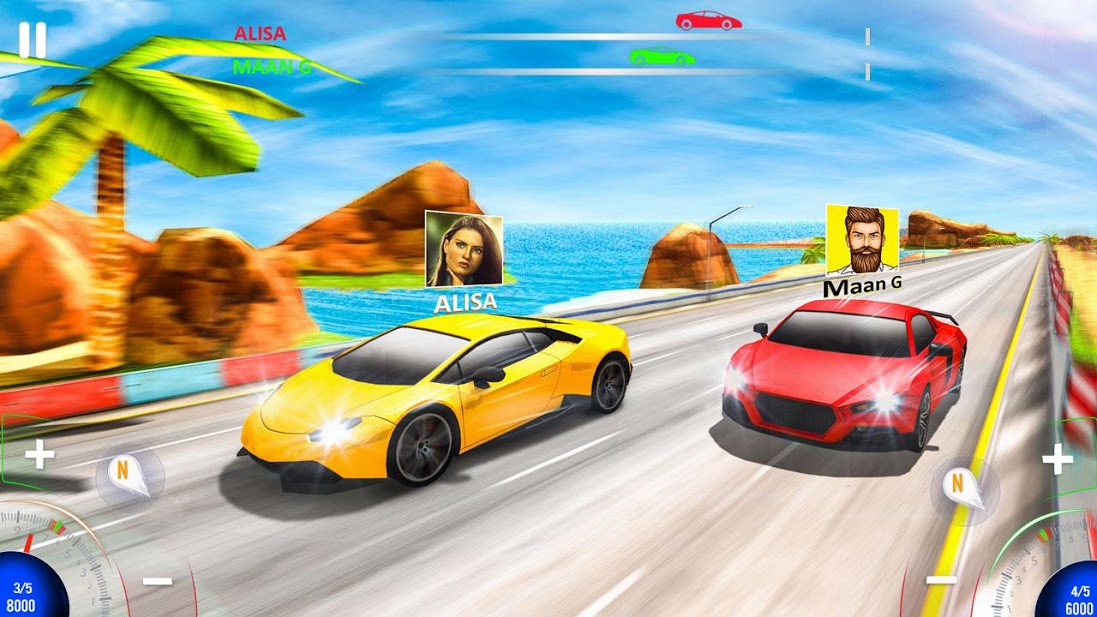


While you do not need to engage the clutch to shift gears, this operation is quite difficult to do and may cause damage and grind the gearbox if done incorrectly. Located near the left handlebars of the motorcycle, the clutch lever is a handheld lever designed to engage the bike’s clutch by disconnecting the engine from the transmission and drive train system, allowing you to change gears easily and smoothly. You should also know how each part operates so that when the time comes for you to shift the gears, you can easily carry out all of the actions required doing so. You need to know three components: the clutch lever, the shift lever, and the throttle. Understanding Components Involved In Shiftingīefore you can even think to start shifting the gears of a motorcycle, you need to be well aware of the different parts connected to allow the gears to shift. I will also talk about other relevant topics, so make sure to read the article in its entirety. Clutch-Less Shifting For Advance Bikers.Shifting Gears On A Semi-Auto Motorcycle.Understanding Components Involved In Shifting.Regardless of whether your motorcycle is a 3-speed or a 21 speed, you should know how to shift bike gears, and in this article, I’ll talk about the basics of: The final gears are optimal for reaching high speeds or going down steep slopes. Subsequent gears have less and less traction and focus more on speed and maneuverability. The first gear is designed to get your bike moving and is best for moving up hills as it sends a lot of traction power to the wheels. Most motorcycles and cars have multiple gears because each gear has its use, enables a different amount of speed and power, and has to be used in a specific case.


 0 kommentar(er)
0 kommentar(er)
